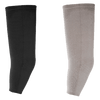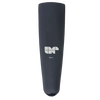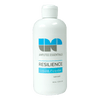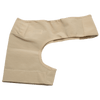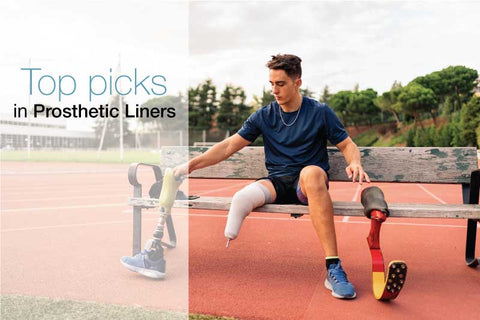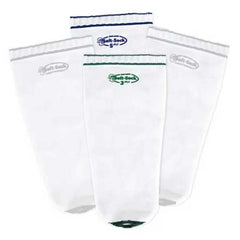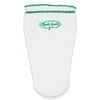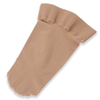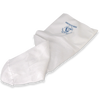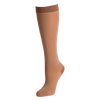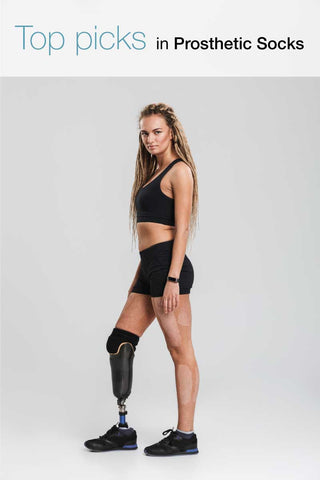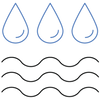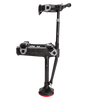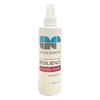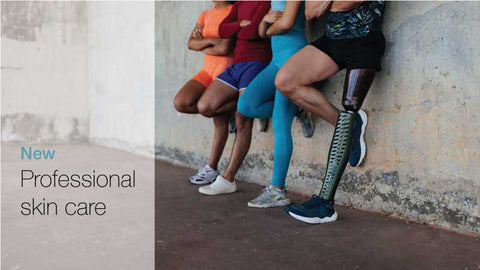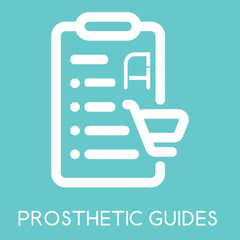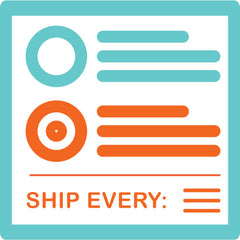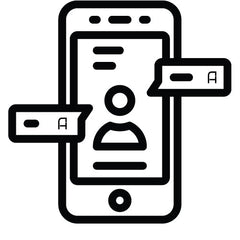Simple Procedure Reduces Post-amputation Pain Amid Ukraine Conflict
Reading Time: 4 minutes
Post-amputation pain remains a significant challenge for healthcare providers and people with limb loss. But a recent study from Northwestern Medicine, in collaboration with Ukrainian doctors, may have the long-sought-for answer. Researchers found that a technique called hydrodissection could not only alleviate residual limb pain but also decrease reliance on opioids.

This study, published in Regional Anesthesia & Pain Medicine, is groundbreaking as it is the first to investigate hydrodissection specifically for post-amputation pain, a prevalent issue that countless individuals worldwide face and which is notoriously hard to manage.
According to Dr. Steven P. Cohen, the senior author of the study and a professor of anesthesiology, incorporating hydrodissection into existing opioid therapies not only seems to enhance pain relief outcomes but also offers psychological benefits.
In an interview with Northwestern Now, Dr. Cohen emphasized the importance of finding safer alternatives to opioids, particularly for younger veterans who are at a heightened risk of developing opioid dependency because of psychological trauma.
Dr. Cohen also serves as the vice chair of research and pain medicine at Northwestern University’s Feinberg School of Medicine. A retired U.S. Army colonel, he went to Ukraine to initiate the study and has completed four tours of military operations. He is also father to a son serving in the infantry.
What is hydrodissection?
Hydrodissection involves using ultrasound to guide a needle, which then injects fluid into scar tissue surrounding nerves. This alleviates pressure, reduces inflammation, and facilitates healing.
Although this technique has demonstrated potential for treating both acute and neuropathic pain, its effectiveness in addressing pain after amputation had not been explored until now.
The study
The researchers studied a group of 74 Ukrainian soldiers and civilians who underwent limb amputations due to injuries sustained in war. Among them, 38 individuals were treated with hydrodissection in addition to opioid therapy within six months following their amputations, while the remaining 36 received only opioids.
The findings indicated that the combination of hydrodissection and opioids led to more effective pain relief and decreased reliance on opioids. On a pain scale ranging from 0 to 10, participants in the hydrodissection group experienced an average pain decrease of 4 points, whereas those on opioids alone noted a reduction of 3 points. This difference is considered significant and clinically relevant in many research contexts.
Furthermore, almost two-thirds of the patients who received hydrodissection were able to lower their opioid usage, compared with around one-third of those who only took opioids. Participants who underwent hydrodissection also reported experiencing lower levels of anxiety.
However, the treatment’s impact on phantom limb pain and chronic pain was found to be more modest.
How the findings can benefit Americans
The challenges posed by post-amputation pain are significant worldwide. This is because post-amputation pain often hinders individuals from effectively using prosthetics. Post-amputation pain also significantly reduces their overall quality of life.
Since the onset of Russia’s full-scale invasion, approximately 100,000 individuals in Ukraine have experienced war-related amputations. In the U.S., over 2 million people currently live with limb loss, and this figure is projected to increase considerably due to an aging population and rising rates of diabetes and vascular diseases.
Dr. Cohen said that this study is highly relevant to Americans. Traumatic injuries are the primary reason for upper-limb amputations around the globe, and most amputees experience post-amputation pain, which hampers their ability to reintegrate into society.
Moreover, Dr. Cohen mentioned that because hydrodissection is a pretty straightforward procedure, it could be readily implemented in many local hospitals across the U.S.
Returning to Ukraine
Amid the difficulties of conducting research in a wartime environment, the study remained exploratory rather than controlled. Nevertheless, Dr. Cohen plans to head back to Ukraine to initiate new randomized trials aimed at innovative treatments for issues such as post-amputation pain, traumatic brain injuries, and post-traumatic stress disorder (PTSD).
In addition, Dr. Cohen is currently analyzing data regarding the use of botulinum toxin injections for individuals with limb loss. He is also exploring how mental health factors, including depression and anxiety, influence experiences of phantom limb pain and overall recovery outcomes.
The bottom line
The significance of this research lies not only in its potential impact on improving patient outcomes but also in its broader implications for pain management.
And as discussions around reducing opioid use gain momentum globally due to associated risks of dependence and addiction, innovative interventions, like hydrodissection, offer a promising avenue towards more effective and sustainable pain relief strategies.

